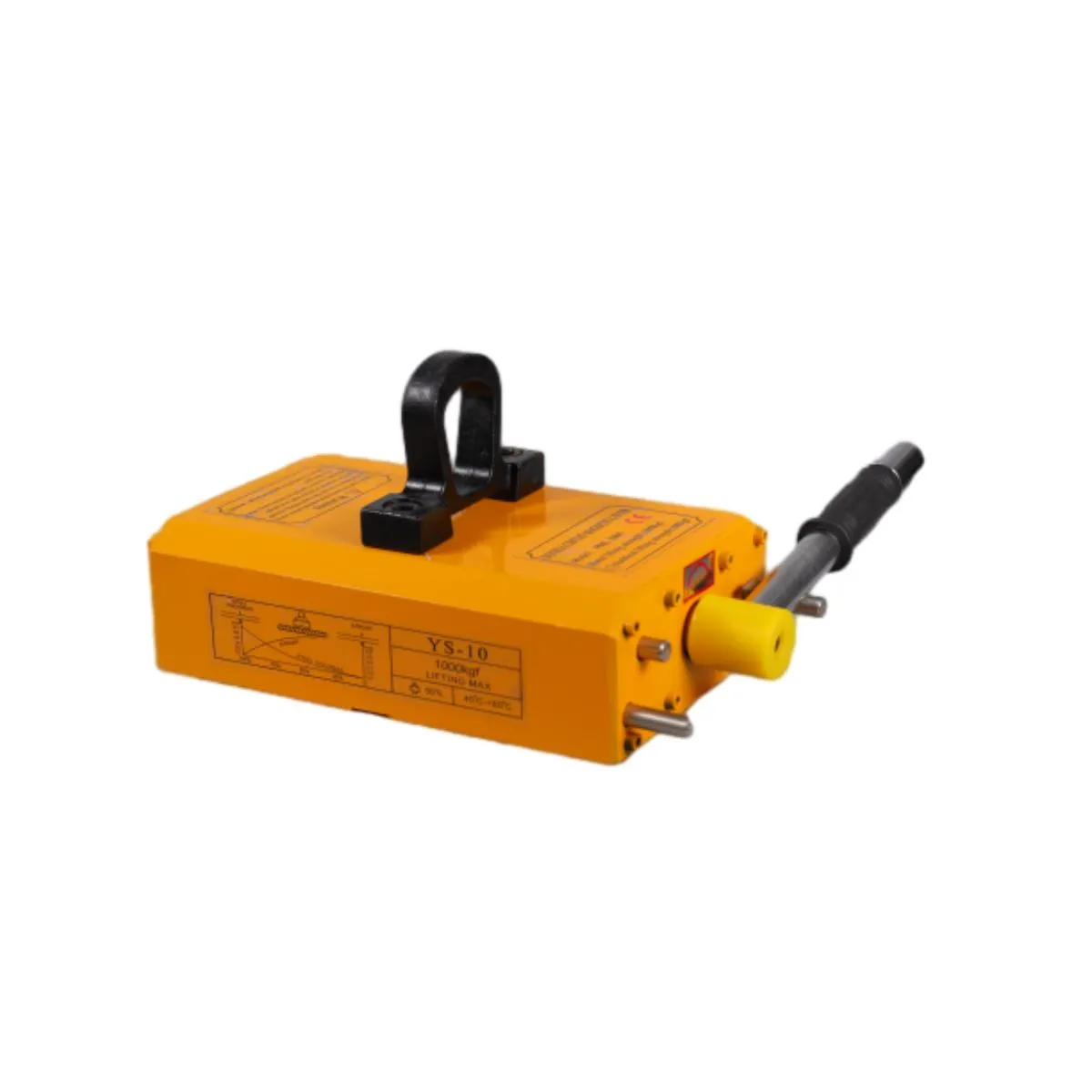Efficient Solutions for Hoisting and Lifting with Gantry Cranes in Industrial Applications
Understanding Hoist Gantry Cranes A Comprehensive Overview
Hoist gantry cranes are essential pieces of equipment in various industrial settings, renowned for their versatility, efficiency, and ability to handle heavy loads. These cranes combine a hoisting mechanism with a gantry framework, allowing for effective lifting and moving of materials in construction sites, warehouses, shipping yards, and manufacturing plants. In this article, we will explore the design, functionality, advantages, and applications of hoist gantry cranes.
Design and Structure
A hoist gantry crane typically comprises three main components the gantry structure, the hoist mechanism, and the trolley. The gantry structure consists of two vertical legs connected by a horizontal beam, providing support and stability. This framework is often made from steel, which ensures durability and strength.
The hoist mechanism is mounted on the horizontal beam and is responsible for lifting and lowering loads. It usually consists of a motor, a drum, a wire rope or chain, and a hook or lifting device. The trolley enables horizontal movement of the hoist along the beam, allowing for precise positioning of loads. Depending on the model, the crane can be either mobile, mounted on wheels for movement across the floor, or stationary, fixed to a specific location.
Functionality
Hoist gantry cranes operate using a combination of mechanical and electrical systems. The operator uses a control panel or remote control to manage the hoist and trolley movements. By employing a motorized system, these cranes can enhance their lifting capabilities and ensure seamless operation.
The lifting process begins with a load being secured to the hook or lifting device. The hoist then raises the load to the desired height, followed by movement along the gantry beam facilitated by the trolley. Once the load reaches its intended location, it can be lowered and released safely.
Advantages of Hoist Gantry Cranes
hoist gantry crane

One of the primary advantages of hoist gantry cranes is their ability to move heavy and bulky materials, making them invaluable in sectors like construction and manufacturing
. They offer flexibility in operation, as they can be used in various configurations depending on the workspace.Another significant benefit is their cost-effectiveness. Compared to traditional overhead cranes, hoist gantry cranes generally require less installation infrastructure, making them more accessible for smaller operations or limited spaces. Additionally, their mobility allows for adaptations to changing load requirements and project locations.
Safety is also a paramount advantage. Most modern hoist gantry cranes are equipped with various safety features, such as limit switches, emergency stop buttons, and overload protection systems. These features help prevent accidents and ensure the safety of both operators and materials.
Applications
Hoist gantry cranes are employed across multiple industries, demonstrating their versatility. In the construction sector, they are often used for lifting and placing heavy precast concrete elements, steel beams, and equipment.
In manufacturing, these cranes support assembly lines and help move goods throughout the production process. In shipping ports, hoist gantry cranes are critical for loading and unloading containers from ships, significantly expediting logistics operations.
Additionally, hoist gantry cranes find applications in warehouses and distribution centers, where they facilitate the movement of large products and materials, thereby improving overall operational efficiency.
Conclusion
In conclusion, hoist gantry cranes are vital tools that enhance productivity and safety in various industrial applications. Their robust design, flexibility, and cost-effectiveness make them ideal for diverse lifting tasks. As industries continue to evolve and demand more efficient solutions, the importance of hoist gantry cranes will undoubtedly grow, solidifying their role as indispensable assets in material handling and logistics. Whether in construction, manufacturing, or shipping, their ability to streamline processes and handle substantial weights ensures they remain at the forefront of industrial equipment.
-
Unlock Seamless Relocation with Our Heavy Equipment Moving ExpertiseNewsJun.06,2025
-
Unleash Unrivaled Flexibility with Our Adjustable Gantry CraneNewsJun.06,2025
-
Unleash Heavy-Duty Efficiency with Our Industrial Gantry Crane SolutionsNewsJun.06,2025
-
Revolutionize Steel Handling with Our Magnetic Lifter RangeNewsJun.06,2025
-
Master Equipment Mobility with Premium Machinery Mover SolutionsNewsJun.06,2025
-
Elevate Your Material Handling with Magnetic Lifter TechnologyNewsJun.06,2025
-
YS Permanent Lifting Magnets: The Smarter Way to Handle SteelNewsMay.22,2025
